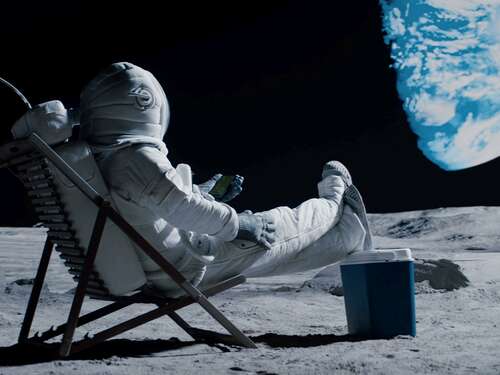
Steve Welby of the White House said that as we launch more space missions, it is important to establish ‘celestial time standards’ for safety and accuracy.
NASA has been tasked with establishing a standard time zone for the moon to create a “consistent” definition of time among operators in space and maintain US leadership in space.
According to a statement from the White House yesterday (2 April), the US is releasing its first-ever government policy memorandum on time standards at and around celestial bodies other than Earth.
This includes the creation of a unified time standard called Coordinated Lunar Time (LTC) that will act as the established standard to enable cislunar (relating to the space between the moon and Earth) operations and can be tied to Coordinated Universal Time (UTC), which is the primary time standard globally used to regulate clocks and time on Earth.
Steve Welby, deputy director for national security at the White House Office of Science and Technology Policy, said that as NASA, private companies and space agencies around the world launch missions to the moon, Mars and other destinations, it is important to establish celestial time standards for safety and accuracy.
“Time passes differently in different parts of space,” he explained. “For example, time appears to pass more slowly where gravity is stronger, like near celestial bodies – and as a result the length of a second on Earth is different to an observer under different gravitational conditions, such as on the moon.”
The White House said that the latest policy directs NASA to work with other US state departments including commerce, defence, state and transportation – as well as international partners – to deliver a strategy for the implementation of LTC no later than the last day of 2026.
“A consistent definition of time among operators in space is critical to successful space situational awareness capabilities, navigation and communications, all of which are foundational to enable interoperability across the US government and with international partners,” Welby said.
In February, the US returned to the moon after more than 50 years after the uncrewed Odysseus spacecraft successfully landed on the lunar south pole, paving the way for NASA’s plans to send astronauts back to the moon.
Find out how emerging tech trends are transforming tomorrow with our new podcast, Future Human: The Series. Listen now on Spotify, on Apple or wherever you get your podcasts.

